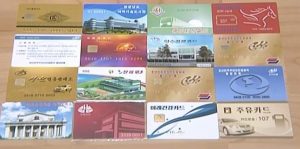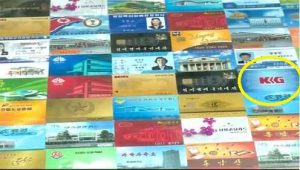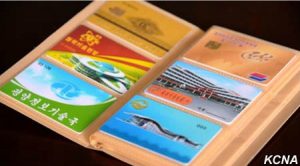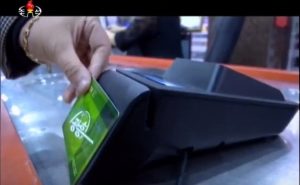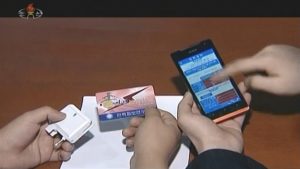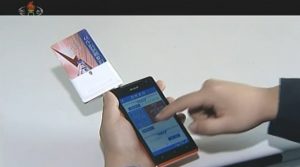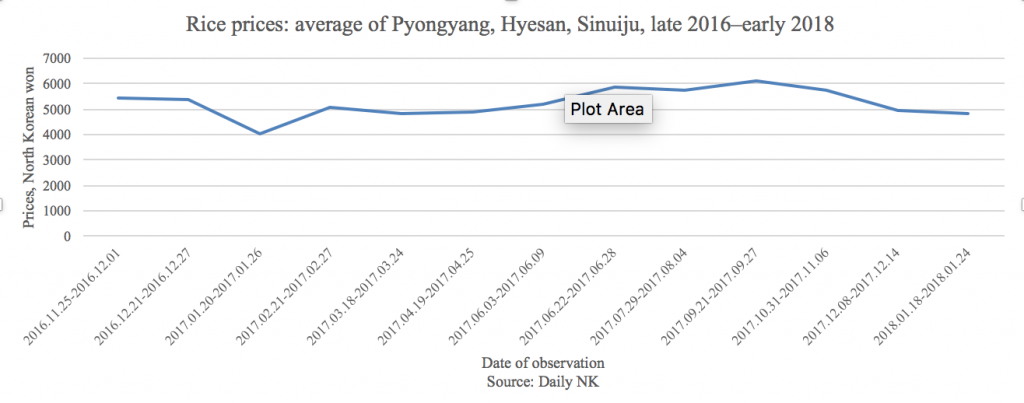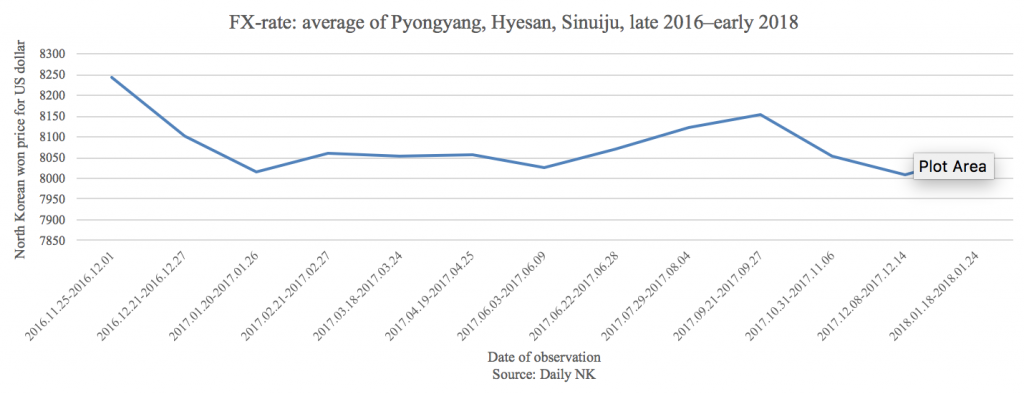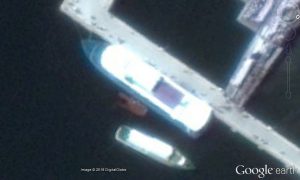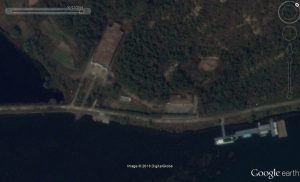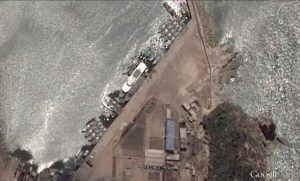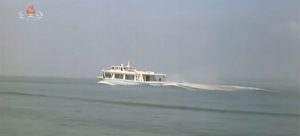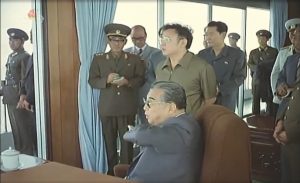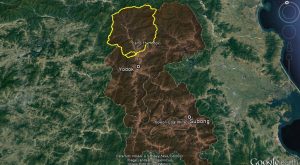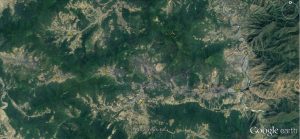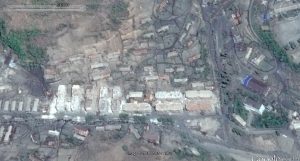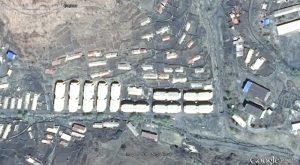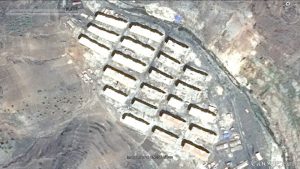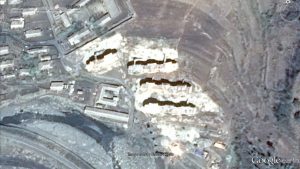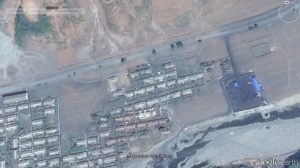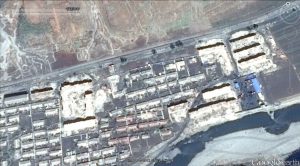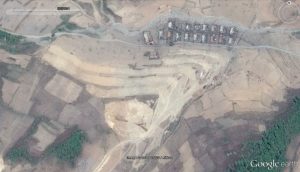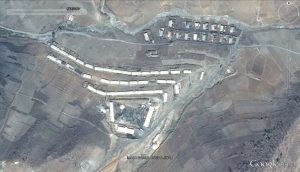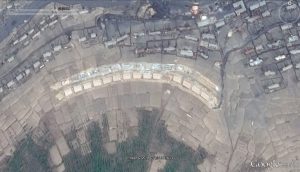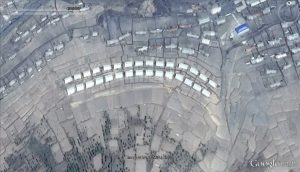Institute for Far Eastern Studies (IFES)
The North Korean economy is expected to face serious difficulties due to China’s ban on imports from North Korea. Having analyzed China’s sanctions against North Korea, KOTRA’s Korea Trade Center in Shenyang recently suggested that while North Korea depends overwhelming on China for its export, its exports are expected to plummet due to China’s measures.
After Pyongyang made its fifth nuclear test on February 18, 2017, China joined the sanctions imposed by United Nations Security Council (UNSC) Resolution 2321 and halted its import of North Korean coal until December that year.
Consequently, China’s import of North Korean coal was reduced by 60 percent compared to the same period in the previous year.
Furthermore, China imposed a complete ban on the import of coal, iron ore, lead and fishery products from North Korea, in accordance with the sanctions by UNSC 2371 adopted in response to North Korea’s IBCM launch on August 14, 2017.
Moreover, in response to North Korea’s sixth nuclear test on September 22 and the launch of an ICBM on January 5, 2018, China put a restriction on the export of refined oil, crude oil and refined petroleum products to North Korea.
The restriction on the export of refined petroleum products is expected to be a serious blow to the North Korean industry. Keeping China’s exports below 10 percent of total North Korean demand for the products, the new sanction will hit the North Korean economy across the board, ranging from industry, transportation, cargo transportation and power supply.
In addition, North Korean households, which have lower priority in power supply, would face increasing difficulties in getting electricity and heating. In the meantime, North Koreans may not suffer greatly from the shortage of oil because China has limited its export of crude oil to North Korea to its annual level of supply.
North Korea’s foreign exchange shortage is also expected to be aggravated following the shutdown of North Korean businesses in China and the repatriation of North Korean workers, both of which have been main sources of funds for the North Korean leader.
On September 28, 2017, the Chinese Ministry of Commerce announced that all existing North Korean businesses and joint ventures in China, including those managed solely by North Korean companies and individuals, should be closed by January 9, 2018.
In accordance with the notification of closure, the Shenyang Municipal Bureau of Industry and Commerce Administration issued a letter of notification to North Korean businesses and joint ventures in the city, leading to the shutdown of the Chilbosan Hotel and several North Korean restaurants.
In addition, North Koreans currently employed in China are allowed to remain while they have a valid visa, but have been asked to return to North Korea upon expiration of their visa.
Although the Chinese Ministry of Commerce completely prohibited the import of North Korean textile products on September 22, 2017, the import ban has created little export-ban effects to date, because cargo that has not completed the customs clearance procedure is excluded from the ban.

